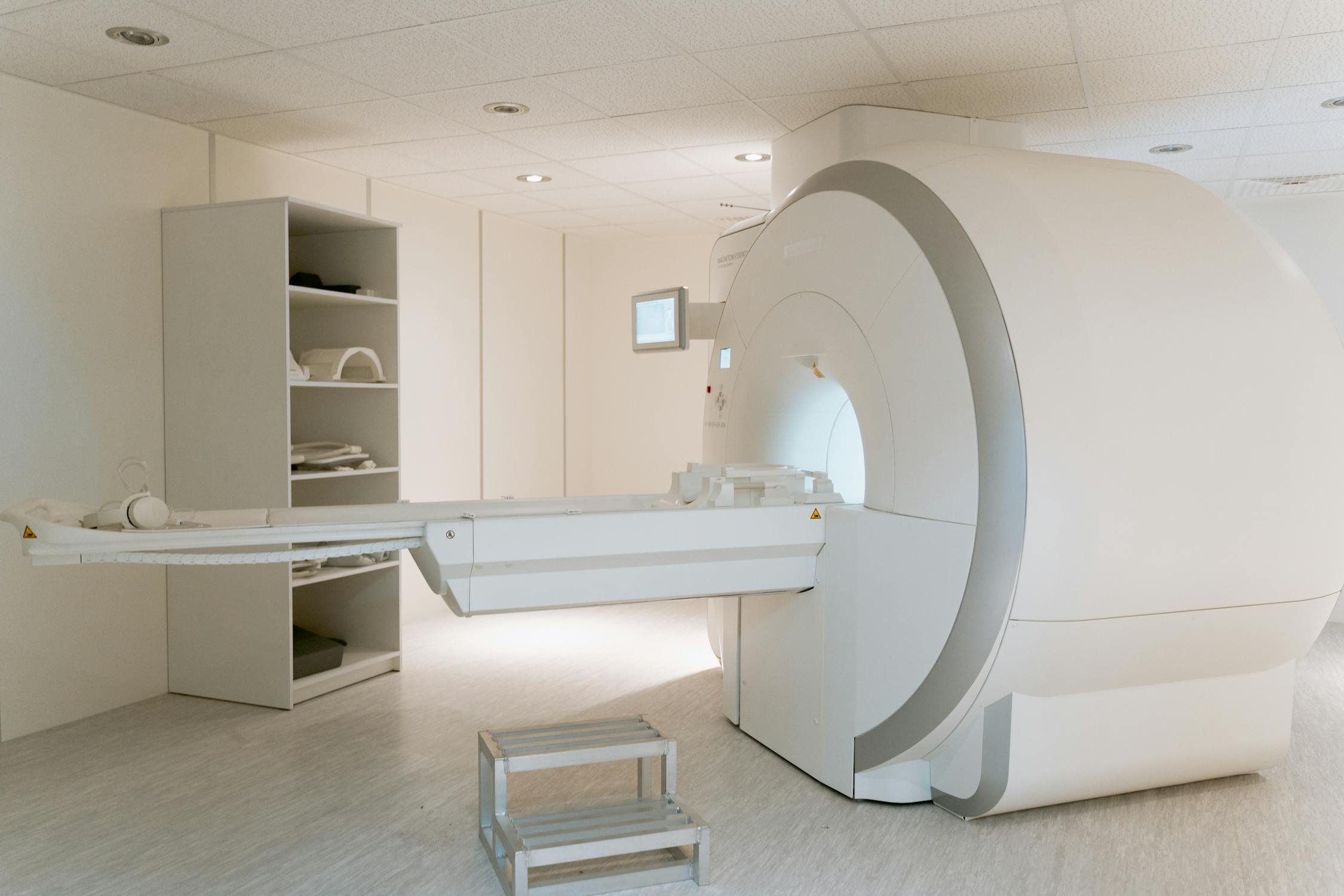|
Neutron radiation generally penetrates matter easily because its interaction only occurs with the atomic nucleus and not with the electron shell. Shields against neutrons mostly work through a combination of scattering (elastic or inelastic) and absorption in nuclear reactions.
NeutronsThermal neutrons can be shielded very effectively with materials containing boron or cadmium. These elements have large absorption cross-sections for this purpose; a 1 mm thick cadmium sheet reduces the thermal neutron flux to less than a thousandth. However, neutron radiation with a purely thermal energy spectrum rarely occurs because free neutrons always have much higher energy when they are released. For fast or mixed neutron radiation, a hydrogen-containing material such as water, paraffin, or polyethylene acts as a moderator in a mixture with z. B. a boron compound. For neutrons in the MeV range, it is usually more material and space-saving to first slow them down by inelastic scattering in, for example, iron, and only to place the moderator and boron or cadmium behind them. NeutrinosBecause of the only weak interaction of the neutrinos, it is impossible to shield against these particles by practical means on earth. Since the exchange in the tissue of living beings is extremely low, protecting for radiation protection is not necessary. Secondary radiationInteractions between radiation of high particle or quantum energy and matter generate secondary radiation, which in many cases is more difficult to shield than primary radiation.
Low-radiation shielding materialsFor radiation measurements, e.g., B. in gamma spectroscopy, nuclear radiation shielding is usually necessary to keep radiation other than the one to be examined away from the measuring device. When measuring weak sources, materials must be used that emit as little or no gamma radiation as possible. Any electrons or alpha particles from the shielding material can be suppressed by an additional inner lining of the measuring chamber with, for example, plastic. However, two very commonly used materials, steel, and lead, usually have some natural radioactivity that also produces gamma radiation. In the case of lead, this is due to the lead isotope 210 Pb (Half-life 22 years), contained in lead ore as a product of the uranium-radium decay series steel by various radionuclides contained in the alloy. Thus, low-radiation lead or steel is used for the applications mentioned above. It has either been cleaned using complex technical processes, is made from special ores, or has been manufactured a long time ago (i.e., many half-lives), such as hull material or lead ballast from sunken ships. |


